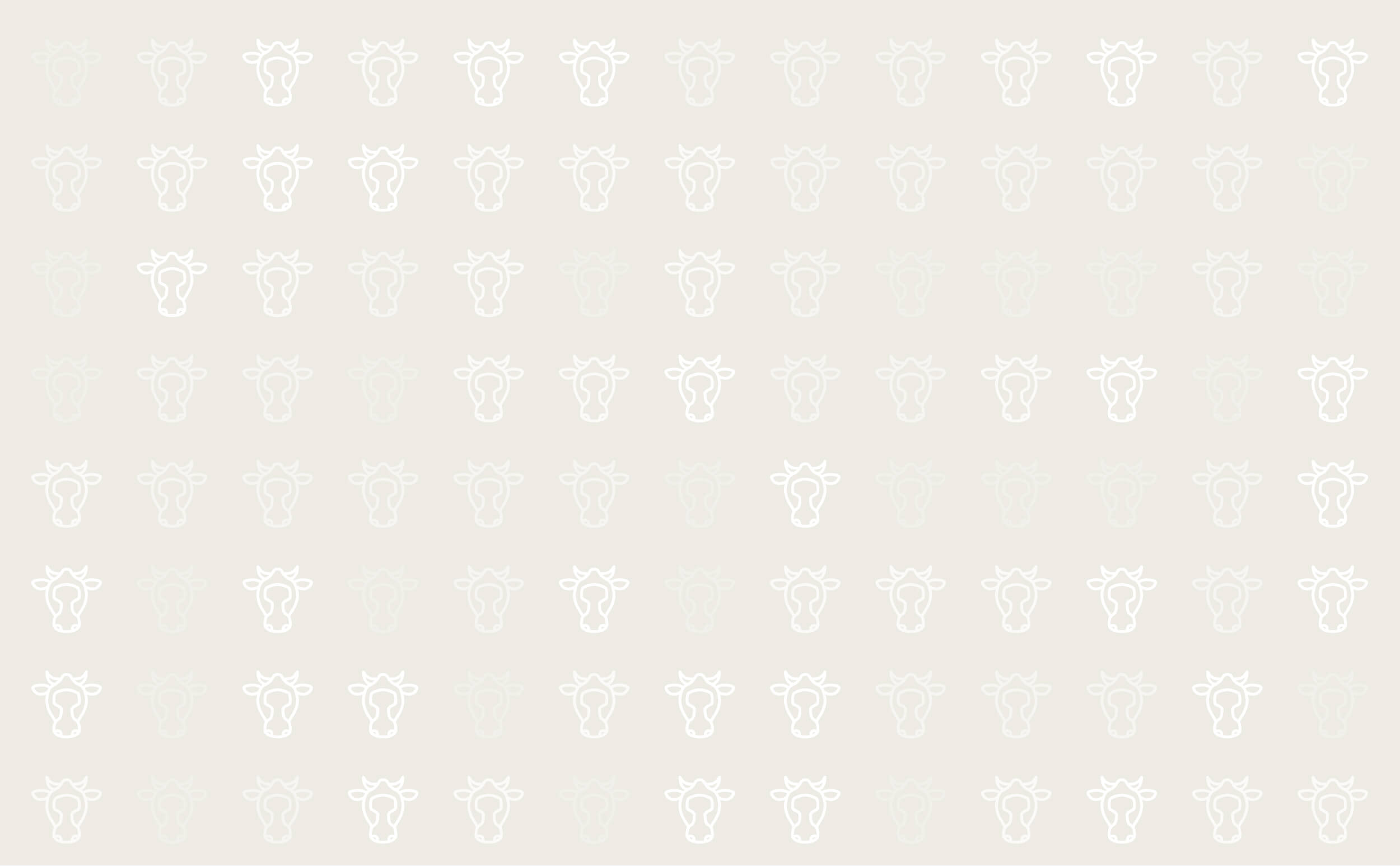



Photosensitisation in Cattle
What is Photosensitisation?
Photosensitisation occurs when the presence of a chemical makes skin become sensitive to sunlight (particularly UV wavelengths). This leads to skin damage and loss. It is not very common in the UK, but it causes significant economic loss, particularly when it occurs in groups of animals.There are three sorts of photosensitisation. Direct photosensitisation occurs when the chemical comes from a defect in the animals metabolism of its red blood cells, or, more commonly, from plants such as St. John’s wort. Secondary photosensitisation occurs in animals with liver damage. This damage interferes with the complete breakdown of chlorophyll, resulting in the accumulation of a photosensitive chemical. Local photosensitivity can also result as a reaction to the sap of some plants.
Most commonly affected sites are those exposed to direct sunlight, including the udder (which is exposed when the animal lies down)
Clinical Signs
- Non-pigmented skin affected
- Hair loss, reddening, peeling
- Ulceration of skin
- Crusting, bleeding
Diagnosis
- On the clinical signs described above
- A veterinary diagnosis is important in order to rule out liver failure
Treatment
- Removal to cool shaded housing
- Fly control
- Supportive therapy
- Treatment of liver failure (if present)
Prevention
Do not breed from animals with photosensitisation due to a genetic defect Identify and remove possible plant sources of photosensitising chemicalsCopyright © NADIS 2002 - 2007
NADIS (National Animal Disease Information Service) is a network of 40 veterinary practices and 6 veterinary colleges monitoring diseases in cattle, sheep and pigs in the UK, including BPEX, EBLEX, HCC, QMS, Elanco Animal Health, MLC and Merial

